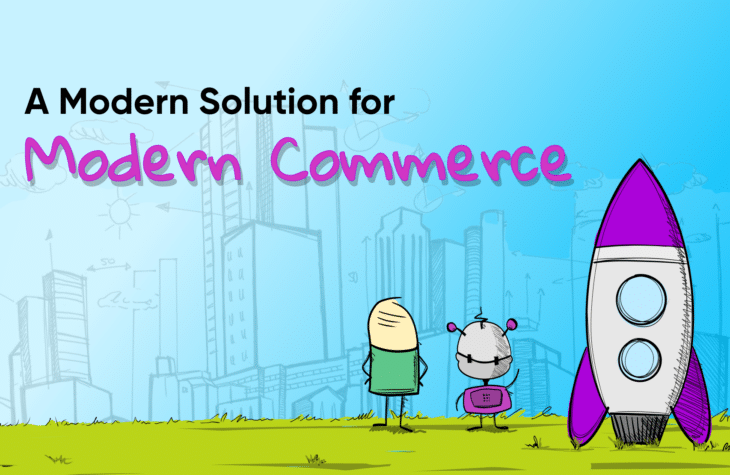What’s the Best Way to Architect an E-Commerce Website?

Your e-commerce architecture is a vital part of your online store’s success. And the best way to architect your e-commerce website is with microservices.
But what are microservices? How are they different, and what advantages do they have over the traditional monolithic e-commerce architecture?
Headless Microservices Architecture
Microservices are stand-alone, independent mini-applications that are responsible for unique business functions and they communicate with each other via APIs to provide solutions.
In a headless microservice architecture, backend e-commerce operations are fully decoupled from the frontend, and different microservices work together to provide a customized frontend user experience.
Examples of backend commerce microservices include:
- Search: Algolia
- Payments: Stripe
- Promotions: Fabric
- Subscriptions: ReCharge
More robust services like product information managers (PIMs) also interact with these smaller microservices to create a full commerce platform.
Use case
In a real use case, when a customer wants to view a product on your website, the web view application communicates with the product catalog’s API and requests the product list. The product catalog API then sends the list to the web view application, which in turn sends the HTML list to the customer’s browser.
You can obtain microservices from different vendors, but using a primary commerce platform that offers most of these microservices like Fabric will simplify your operations and vendor management.
Fabirc’s commerce platform contains a full suite of microservices.
Microservices Vs Traditional E-commerce Architecture
Traditional e-commerce site functions are located in the same code base and are contained in one application hence the name monolith. All services are highly dependent on each other, and the backend and frontend layers are inseparable. This creates drawbacks in scalability, deployment, and flexibility, hence the need for a microservice e-commerce architecture.
Microservices are better than monolithic architectures because different services can be scaled independently. For instance, when sales spike in the holiday season, you can scale the shopping catalog service to handle the increased loads. In monolithic architectures, the only way to scale single services is by scaling the whole application— an ineffective and time-consuming process.
Microservices also offers a lot of flexibility since they are language and framework independent. This independence allows development teams to collaborate and work on different services at the same time.
Microservices also ease the risk of deployment. In case one service in the application fails, the rest of the application continues running. However, in monolithic architecture, if one service fails, the whole application fails.
When choosing your e-commerce architecture, you can count on headless microservices architecture to provide you with the speed, flexibility, scalability, and security you need.
Tech advocate and writer @ fabric.






